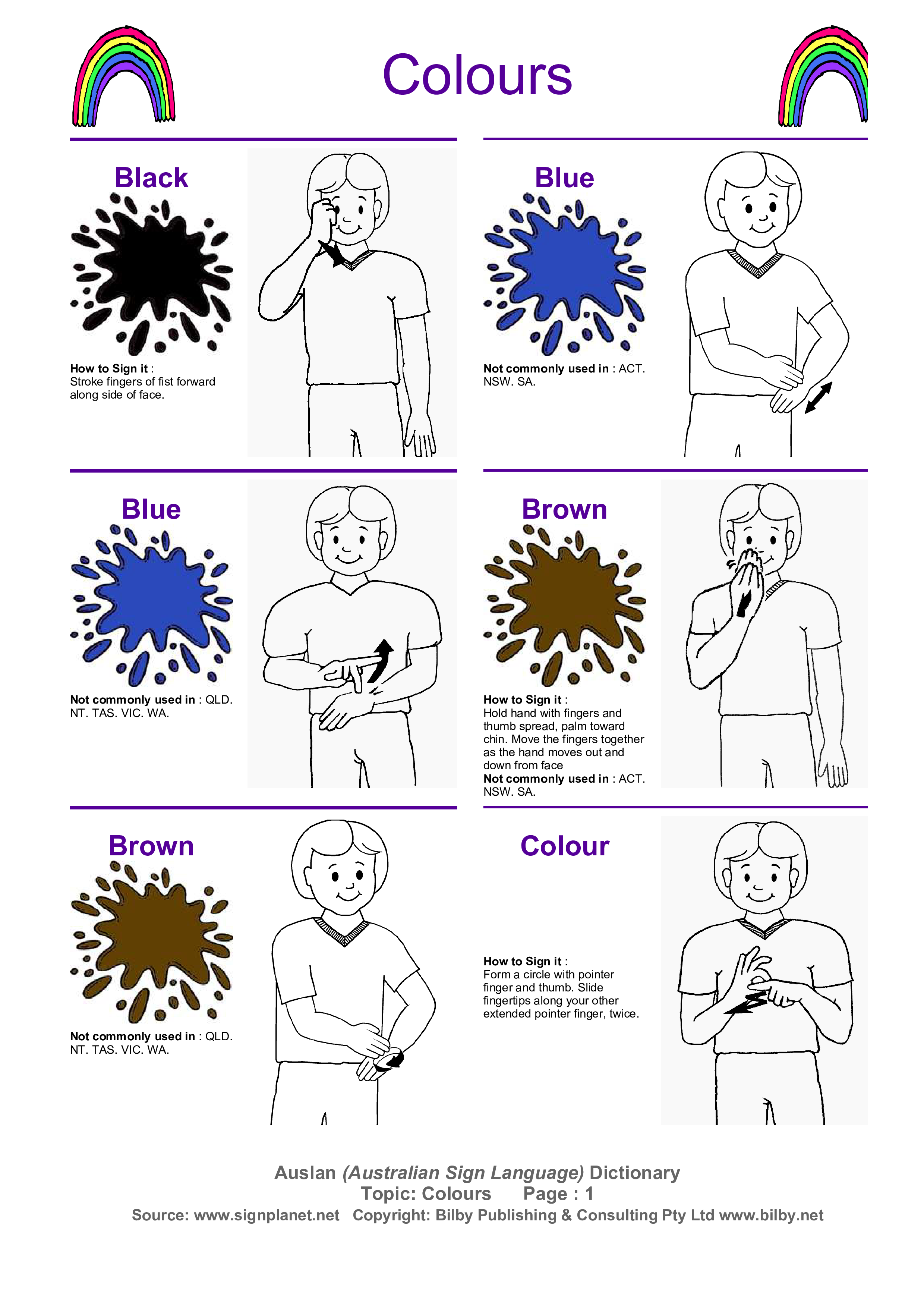Baby Sign Language Color Chart
Sponsored Link免费模板 保存,填空,打印,三步搞定!

Download Baby Sign Language Color Chart
Adobe PDF (.pdf)- 本文档已通过专业认证
- 100%可定制
- 这是一个数字下载 (675.04 kB)
- 语: English
Sponsored Link
Teaching baby sign language using a sign chart can be a fun and effective way to communicate with your baby before they develop verbal skills. Here's a step-by-step guide on how to do it:
1. Choose Your Signs
Select a few essential signs to start with. Common choices include:
- Milk
- Eat
- More
- All done
- Sleep
- Bath
- Mommy
- Daddy
2. Create or Find a Sign Chart
A sign chart visually displays the signs you want to teach. You can create your own or find printable charts online. Ensure each sign is illustrated clearly and includes a simple description.
3. Introduce the Signs
Start with one or two signs. When performing the sign, say the word clearly and consistently. For example, when offering milk, sign "milk" and say the word out loud.
4. Use Consistency
Consistency is key in teaching baby sign language. Always use the sign every time you say the corresponding word.
5. Practice Regularly
Incorporate the signs into daily routines. For example:
- Mealtime: Use signs for "eat," "more," and "all done."
- Bedtime: Use signs for "sleep" and "bath."
- Playtime: Use signs for "mommy," "daddy," and "more."
6. Encourage Imitation
Encourage your baby to imitate the signs. Praise and encourage them when they try to sign back.
7. Use Repetition
Repetition helps reinforce the signs. Repeat the signs often and in various contexts to help your baby learn.
8. Expand Vocabulary
Once your baby is comfortable with a few signs, gradually introduce more. Use the sign chart to keep track of new signs and ensure consistent use.
9. Be Patient
Every baby learns at their own pace. Be patient and continue using signs regularly. Celebrate progress, no matter how small.
Example Sign Chart for Baby Sign Language
A simple chart might look like this:
| Sign | Illustration | Description |
|---|---|---|
| Milk | 🍼 | Open and close your fist |
| Eat | 🍽️ | Tap your fingers to your mouth |
| More | ➕ | Tap fingertips together |
| All Done | ✋🛑 | Rotate hands outward |
| Sleep | 😴 | Hand to cheek, head tilt |
| Bath | 🛁 | Mimic scrubbing motion |
| Mommy | 👩🍼 | Tap thumb to chin |
| Daddy | 👨🍼 | Tap thumb to forehead |
Using these steps and a sign chart, you can effectively teach your baby to communicate their needs and feelings through sign language.
DISCLAIMER
Nothing on this site shall be considered legal advice and no attorney-client relationship is established.
发表评论。 如果您有任何问题或意见,请随时在下面发布

